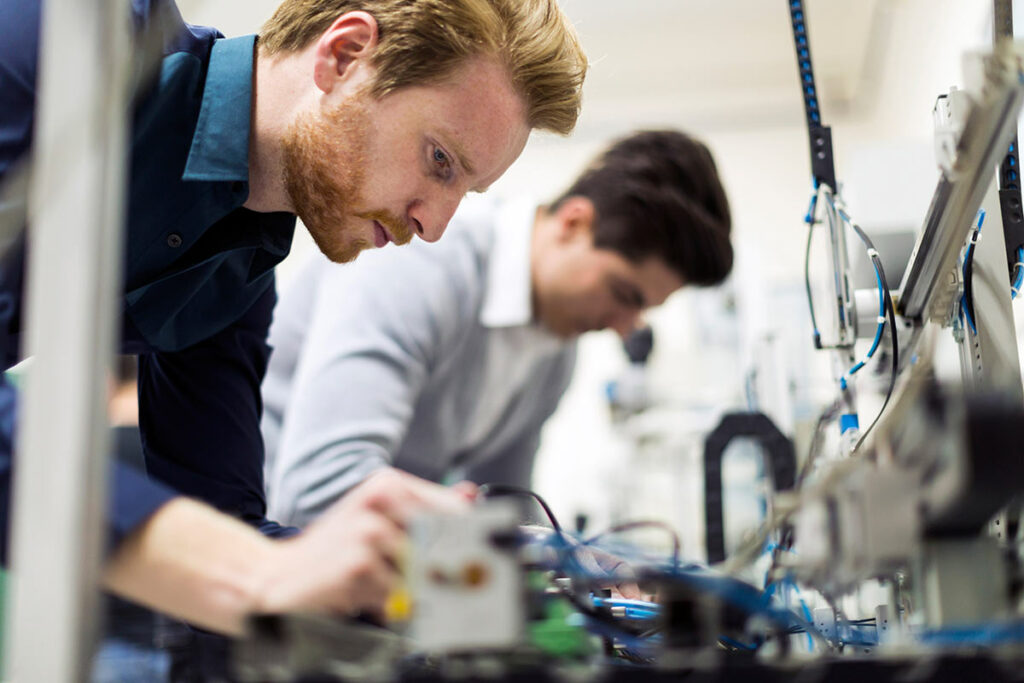Servo drive technology, a critical component in automation and precision control systems, has undergone significant advancements over the years. These developments have not only enhanced their capabilities but also expanded their applications across various industries. This article explores the major advancements in servo drive technology, examining how these innovations have transformed their functionality and efficiency.
Early Developments in Servo Drive Technology
The history of servo drives traces back to the early days of automation, where basic analog systems were used to control motors. Initially, servo drives were large, cumbersome, and limited in their capabilities. They were predominantly used in simple applications where precise motor control was necessary but not highly demanding. The early servo systems primarily relied on analog signals to control the motion and position of motors.
The Digital Revolution
The advent of digital technology marked a turning point in the evolution of servo drives. Digital servo drives emerged, offering more precise control, higher efficiency, and better adaptability than their analog predecessors. This shift to digital technology allowed for more sophisticated control algorithms, leading to improved accuracy and responsiveness in servo systems.
Integration with Digital Controllers
- Digital servo drives could be easily integrated with computer-based control systems, allowing for more complex and precise motion control. This integration was crucial in expanding the applications of servo drives into more demanding fields such as robotics, CNC machinery, and advanced automation systems.
Customization and Programmability
- Another advantage of digital servo drives was their programmability. Users could customize and program the drives for specific tasks, making them highly adaptable to various applications. This flexibility opened up new possibilities in automation and control, catering to the diverse needs of different industries.
Advancements in Power and Performance
As technology progressed, so did the power and performance capabilities of servo drives. Modern servo drives are capable of handling higher power outputs while maintaining precision and efficiency. This increase in power and performance has enabled their use in larger and more demanding applications.
Energy Efficiency
- Modern servo drives, like Capacity Module Drives, are designed with energy efficiency in mind. They are capable of minimizing energy wastage, making them more environmentally friendly and cost-effective. This efficiency is particularly important in industries where servo drives are operational for extended periods.
Improved Heat Dissipation
- Advances in materials and design have led to better heat dissipation in servo drives. Effective heat management is crucial in maintaining the reliability and longevity of the drives, especially in high-power applications.
The Advent of Smart Servo Drives
The integration of IoT and AI technologies has given rise to smart servo drives, representing the cutting edge of servo drive technology. These smart drives are equipped with sensors and connectivity features that enable them to communicate with other devices and systems, making them an integral part of intelligent manufacturing and automation.
Real-time Monitoring and Adjustments
- Smart servo drives can monitor their performance in real-time and make automatic adjustments to optimize operation. This capability is crucial for maintaining consistent quality and efficiency in automated processes.
Predictive Maintenance
- The ability to predict and prevent failures is another advantage of smart servo drives. By analyzing data from sensors, these drives can identify potential issues and schedule maintenance, reducing downtime and extending equipment lifespan.
Seamless Integration with Automation Systems
- Smart servo drives can be seamlessly integrated into broader automation systems, contributing to the creation of fully interconnected and intelligent manufacturing environments. This integration enhances the overall efficiency and productivity of automated processes.
Future Directions in Servo Drive Technology
Looking to the future, servo drive technology is set to continue evolving, driven by ongoing advancements in electronics, materials science, and computing. The trend towards miniaturization, higher efficiency, and integration with advanced technologies like AI and machine learning is expected to open up new applications and capabilities.
Adaptation to New Industrial Needs
- As industries continue to advance, servo drives will need to adapt to new requirements and challenges. This adaptation will likely involve further enhancements in precision, speed, and energy efficiency.
Expansion into New Markets
- The versatility and adaptability of servo drives will enable their expansion into new markets and applications. Sectors such as renewable energy, aerospace, and healthcare may see increased use of advanced servo drive technologies.
Conclusion
The advancements in servo drive technology have been instrumental in shaping modern automation and control systems. From their humble beginnings to the sophisticated digital and smart systems of today, servo drives have continually evolved to meet the changing needs of various industries. With each technological breakthrough, they become more integral to the fabric of modern manufacturing, automation, and precision control, driving efficiency, innovation, and growth across numerous sectors.
